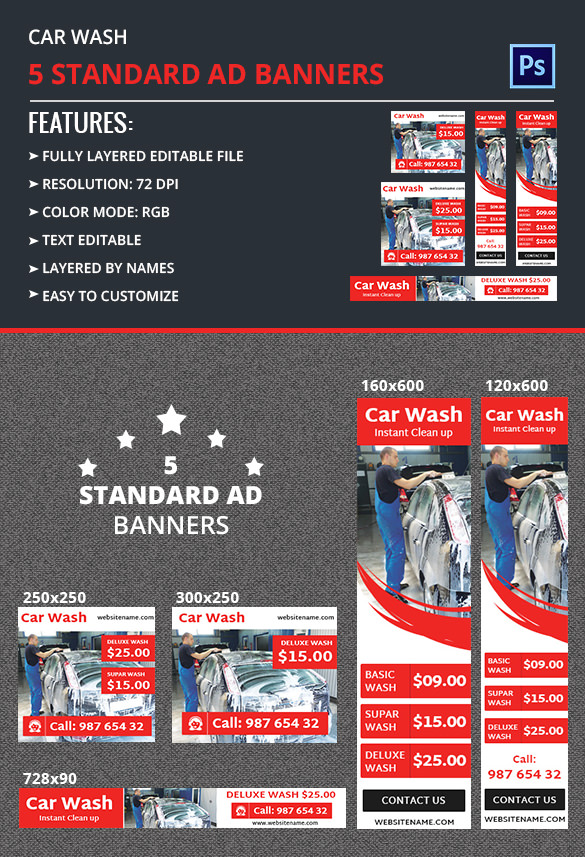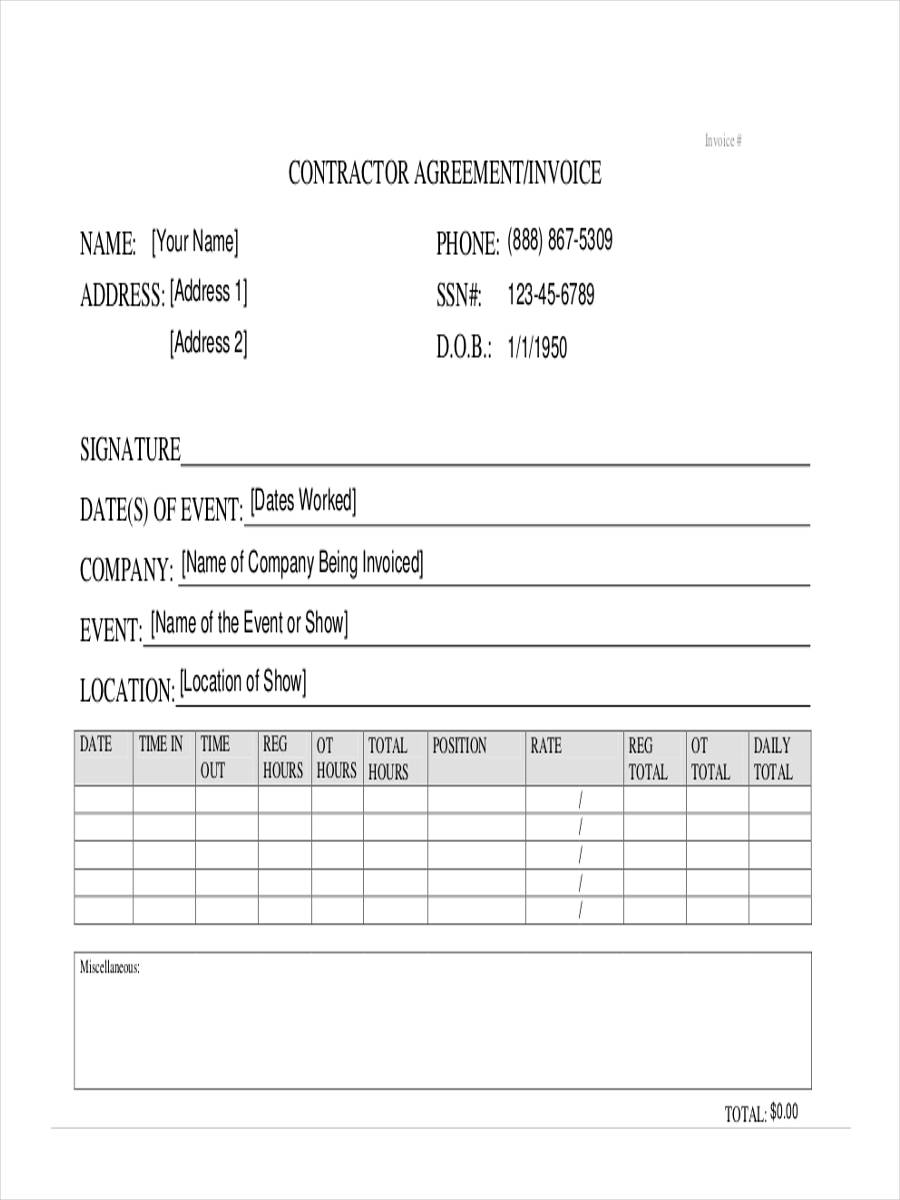
Graphic Design Template: Bill your customers for your graphic design work. Payment terms: Businesses usually list payment terms at the bottom of the invoice.Amount Payable: Calculate the total and list it on the invoice.Invoice Date: Add invoice date to show when the invoice you generated the invoice.Invoice Due Date: Add invoice due date on your invoice, so customers know when to pay you.By including description, customers can see what they are paying for. Description of products and services: Description of products or services you provided your customer.The company name and address of the customer: Adding customer company name and address on the invoices is the standard procedure, but it is a must in some cases.Company Name and Address: You should mention your company name and address on your invoices.We recommend using a sequential numbering system that is easy to manage. A unique Invoice Number : Assign a unique invoice number to your invoice to keep track of the finances.The word “Invoice”: Add the word “Invoice,” which clearly states that this document is an invoice, not an estimate or a credit note.Well, here are the things that you should include in an invoice. Most people wonder what an Invoice should look like. E-Invoice: E-invoices is the term used for the invoices that are sent electronically.Sales Invoice: The sales invoice is sent to the customer to request payments for the items sold.The purchase invoice outlines products and services which the buyer bought. Purchase Invoice: Sellers provide purchase invoices to their buyers.Recurring Invoice: Recurring invoices are used to charge your customers periodically.Past Due Invoice: If the final invoice is not paid by the due date, businesses send a past due invoice to request payment.Final Invoice: The final invoice is sent to the customer after the completion of the project.Interim Invoice: Interim invoices are used in big projects when you need to invoice for a deliverable or milestone.The cost can be changed after the completion of the project.
QUICK INVOICE TEMPLATE WORD PRO

Standard Invoice: The most common type of small business invoice which contains all information.Use the sort order described Changing the Sort Order on a Table when defining products if you have specific ordering requirements.Here are the types of invoices you can create for your customers as a small business. DebitMemoItem (This feature is in Limited Availability.).CreditMemoItem (This feature is in Limited Availability.).

OpenInvoice: The Invoice multi-line fields correspond to open invoices. This differs from the Invoice fields which are associated with the current invoice.The following objects are multi-line items that you can use with TableStart and TableEnd merge fields. Multi-line items can be displayed within a table and cannot be displayed in other areas of billing document templates. These merge fields will be populated with data from the first row of the multi-line object, then the following rows will be populated with the data from the object.įor example, to generate multiple line items on an invoice item, create TableStart:InvoiceItem and TableEnd.InvoiceItem merge fields in your template, where InvoiceItem is a multi-line object. You can create this merge field just like any other merge field, but this field specifies which region will be repeated for each of the Invoice Items.



 0 kommentar(er)
0 kommentar(er)
